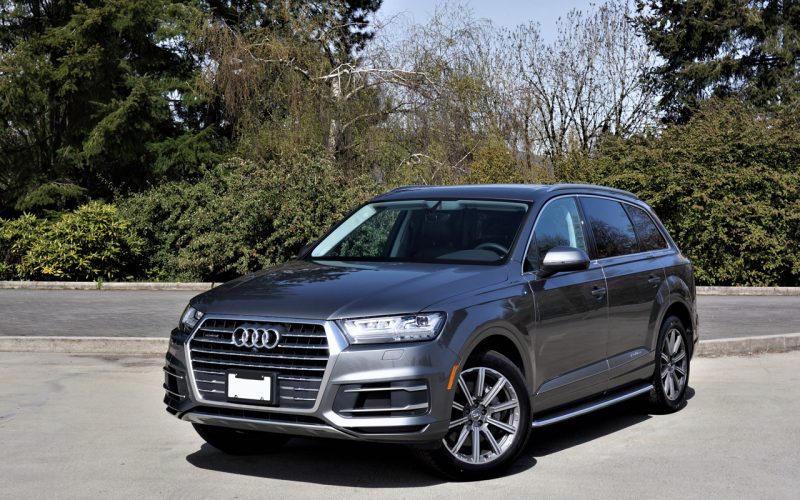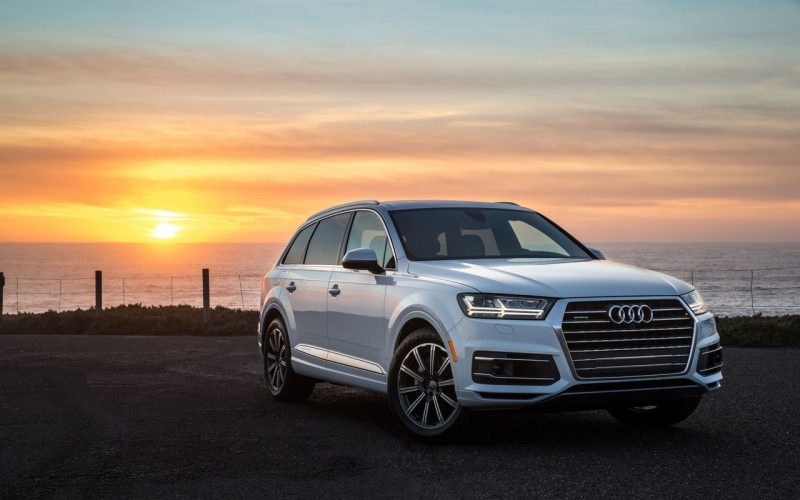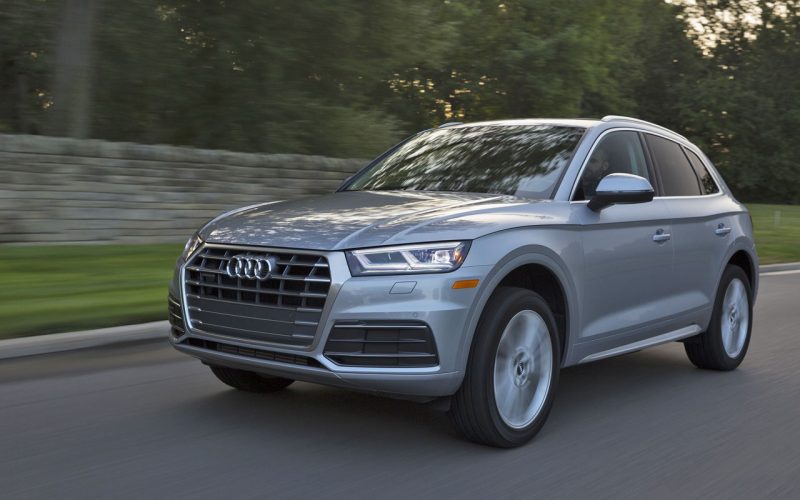
Reading Time: 11 minutesWhere is the world’s best mid-size luxury SUV made? Audi can make a good argument for

Reading Time: 4 minutesAudi and Subaru have been named best Mainstream Brand and best Premium Brand respectively in ALG’s

Reading Time: 4 minutesWhile sales of some premium brands are more or less flat in Canada, Audi’s Canadian division
© 2025 The Car Magazine. All Rights Reserved, Privacy Policy | Terms of Use